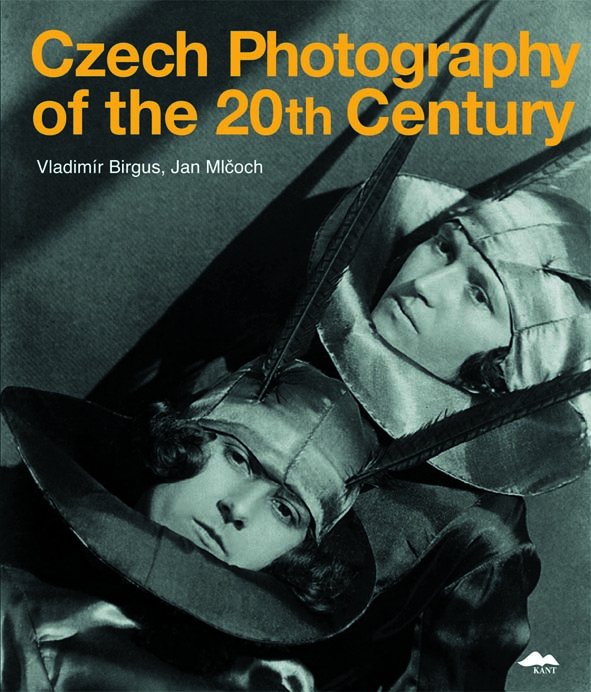| Author: | Antonín Dufek |
| Category: | Books, Photography, Art |
| Language: | English and Czech |
| Translation: | Stephan von Pohl |
| Binding: | Hbk |
| ISBN: | 978-80-7437-105-9 |
| EAN: | 9788074371059 |
| Date: | 2013 |
| Issue number: | 1. |
| Price: | 22 EUR |
| Size: | 21 x 23 cm |
Ivo Loos (1934-2009)
My meeting with Ivo Loos was one of my most important encounters. Loos was different than the photographers I knew ⓓ both as a person and as a photographer.
Antonín Dufek
Although Ivo Loos worked all his life as an architect, he also left his mark on the history of modern Czech documentary photography.
Loos first came to the public’s consciousness as a photographer in the 1960s. In 1970, he had his debut with the series Carnivals (later called Fairs) at Československý spisovatel’s Little Gallery on Prague’s Národní třída. This series was the result of decades of work and introduced a new level of quality into Czechoslovak photography. Despite the growing popularity of 35mm film, Loos stubbornly clung to square-format film; as an architect, he realized its calming effect on the image. The pictures’ seemingly static nature gives rise to an inner dynamic – hidden, implicit, and yet so turbulent, passionate.
Loos was primarily interested in the semantic relationships that arise from the clash of anonymous human figures, faces, facial expressions, and body language. They are relationships into which we can read all manner of social meaning. Ordinariness, mediocrity – Loos sought out these qualities at public gathering places. He sensed that precisely in this conventionality of human routine lay the truth about us and our time.
In his other series, even those he never completed, Loos managed to capture the unique situations and character of the era. His photographs portray the various personality “types” that helped to shape the banality of socialism.
Loos’s photographs are exacting documents that can also be understood as parables of life under the dictatorship of the 1970s. And yet, his view of human existence is largely timeless. Photography was his visual memory. On its deeper meaning, he said: “It has the ability to tell us what we are.”
Ivo Loos had planned to create a comprehensive portrait of urban society, but in 1975 he stopped photographing altogether.
This book presents a cross-section of his series: Faces, The Czechs, The Hot Dog Eaters, Journeys, Fairs, and Cemeteries. It also includes a series of unique photographs documenting the creation and installation Jan Palach♙s tombstone, on which Loos worked as an architect alongside sculptor Olbram Zoubek and which was destroyed by members of Czechoslovakia’s State Security soon after its installation.

Czech Photography of the 20th Century, published simultaneously in Czech and English versions, is the first book to present the main trends, figures, and works of Czech photography from the beginning to the end of the last century to such a large extent. Its 517 plates include not only the most important, well-known photographs and photomontages, but also works that have long been forgotten or are published for the first time. The book is arranged in seventeen chapters, supplemented with chronologies of the most important events in twentieth-century Czech photography and history.